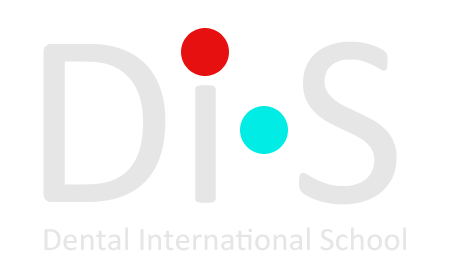.png)
TwinBlock and TransForce: Online Course From the Creator
4 lessons
Duration: 6 h 27 min
Online course on protocols for using TwinBlock and Transforce appliance from the creator!
The lecturer presents a comprehensive approach to orthodontic treatment of all malocclusions using TwinBlocks and TransForce appliance. He will also share his achievements in functional dentistry and orthodontics.
During the course you will learn:
– detailed Сlass 2, Сlass 3, open bite and crowding treatment protocols using TwinBlocks
– indications and contraindications for the use of TwinBlocks and TransForce appliance
– treatment of malocclusions in the early mixed dentition
– treatment of adults with invisible orthodontics
– TransForce Expanders. Work protocol.
-
1. Using TwinBlocks in the treatment of malocclusion1 h 33 min
-
2. Reversible TwinBlock and alternative jaw growth stimulation techniques1 h 38 min
-
3. TransForce Transversal Expander for the treatment of malocclusion2 h
-
4. TransForce Sagittal Expander for the treatment of malocclusion1 h 24 min
Lesson program:
– Fixed appliances vs Functional appliances
– Orthodontics, Orthopedics or Surgery
– Functional appliances:
- Twin Blocks
- Invisible (aesthetic) Twin Blocks
- Monoblock
- Breathe easy Twin Block
- Clark Twin Blocks
- Sagittal Twin Blocks.
– Treatment of clinical cases:
- Class 2 Division 1
- Class 2 Division 1 with crowding
- Maxillary protrusion
- Severe Class 2 Division 1
- Class 2 Division 2
- Buccally displaced canines
- Class 2 Division 1 subdivision with a proclined incisor
- Class 2 Division 1 subdivision with a retroclined incisor
- Class 2 Division 2 with crowding
- Labial segment crowding.
– Reactivation of Twin Block
– Muscle and bone adaptation
– Combination therapy: fixed appliances and functional appliances
– Support phase.
Recommended for: Orthodontists.
Lesson program:
– Extra-oral traction
– TwinBlock traction technique
– Using of vertical elastic
– Vertical growth patterns
– Reverse TwinBlock (for Сlass 2 malocclusion)
– Occlusal screws for Сlass 3 malocclusion
– Alternative techniques for maxilla growth stimulation:
- Rapid Palatal Expansion
- Reverse pull face mask.
– Reverse TwinBlock or Reverse pull face mask?
– Phases of cervical vertebrae formation
– Advantages and disadvantages of malocclusion treatment in mixed dentition
– Treatment of malocclusion: single phase or two phases
– Extraction or non-extraction therapy
– Treatment of clinical cases:
- Anterior open bite
- Class 3
- Class 2
- Crowding
- Adentia of the two lower incisors.
Lesson program:
– Twin Block application
– Fixed Twin Blocks:
- Characteristics
- Indications
- Clinical cases.
– Invisible TransForce:
- Characteristics
- Advantages and disadvantages
- Indications
- Mechanism of action
- Clinical cases.
– Selecting the size of transversal appliances
– Alternative techniques: disadvantages:
- Rapid Palatal Expander (RPE)
- Hyrax appliances
- Nitinol Palatal Expander.
– Treatment of a young adult patient using:
- Fixed Twin Block and Fixed appliances
- TransForce and Fixed appliances.
Recommended for: Orthodontists.
Lesson program:
– TransForce Sagittal Expander:
- Indications
- Characteristic
- Selecting the right size
- Fitting Protocol
- Treatment planning
- Clinical case selection.
– TransForce Transverse expander:
- Indications
- Characteristic
- Clinical case selection
- Application examples.
– Protocols for the treatment of patients with malocclusion:
- Class 2 malocclusion
- Class 3 malocclusion
- Bimaxillary retrusion
- Displaced canines
- Dental asymmetry.
Recommended for: Orthodontists.
-
Dr. William J. Clark
In 1977 he developed Twin Blocks. In 2004 in cooperation with Ortho Organizers Dr Clark designed invisible TransForce lingual appliances for interceptive treatment by arch development from mixed dentition to adult therapy. In 2008 he received an award from the International Functional Association for personal outstanding international service to functionalism and orthodontics, having presented many courses in 50 countries over a period of 35 years. In 2010 he completed a thesis on “New Horizons in Orthodontics & Dentofacial Orthopaedics” for a D.D.Sc.

